Growing begonias can be a rewarding experience, transforming your space into a vibrant tapestry of colors and textures. These charming plants are celebrated for their ornamental foliage and delightful flowers, making them a favorite among gardeners. However, they do come with their own specific needs and preferences which, when met, can lead to thriving plants that bring joy throughout the seasons.
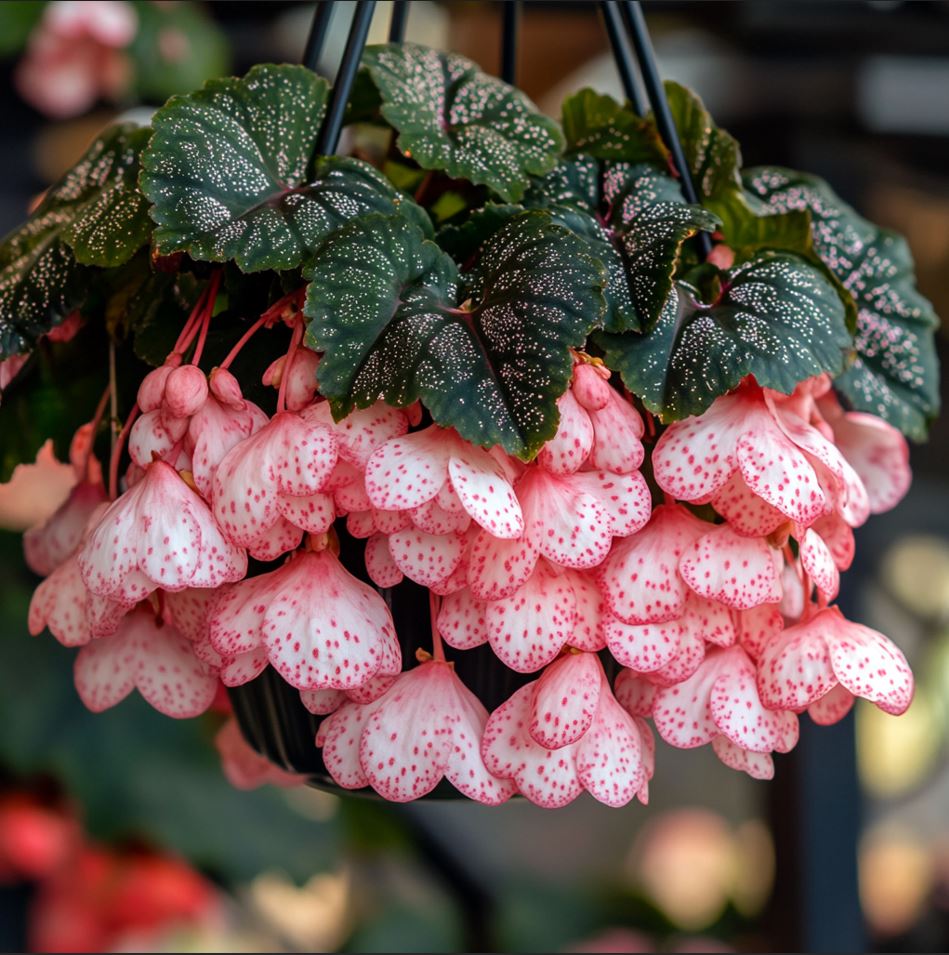
Understanding Begonias: A Brief Overview
Begonias belong to a diverse family of plants, known for their broad range of species and hybrids. They thrive in warm climates and prefer indirect sunlight or partial shade, conditions reminiscent of their natural habitat under tree canopies. This preference highlights the importance of mimicking their native environment to ensure optimal growth.

Types of Begonias
The begonia family encompasses an extraordinary array of species, each with its unique characteristics. From the delicate, lace-like leaves of the angel-wing begonia to the bold, colorful blooms of the tuberous begonia, the diversity within this genus is truly captivating. Gardeners can choose from a wide selection, ranging from trailing varieties perfect for hanging baskets to more upright specimens suitable for bedding displays.
Natural Habitat and Growth Conditions
In their natural habitat, begonias typically thrive in forest understories, where they receive dappled sunlight and ample humidity. Their natural preference for these conditions serves as a valuable guide for gardeners, as replicating these elements in the home garden or indoor setting can lead to the most successful cultivation.
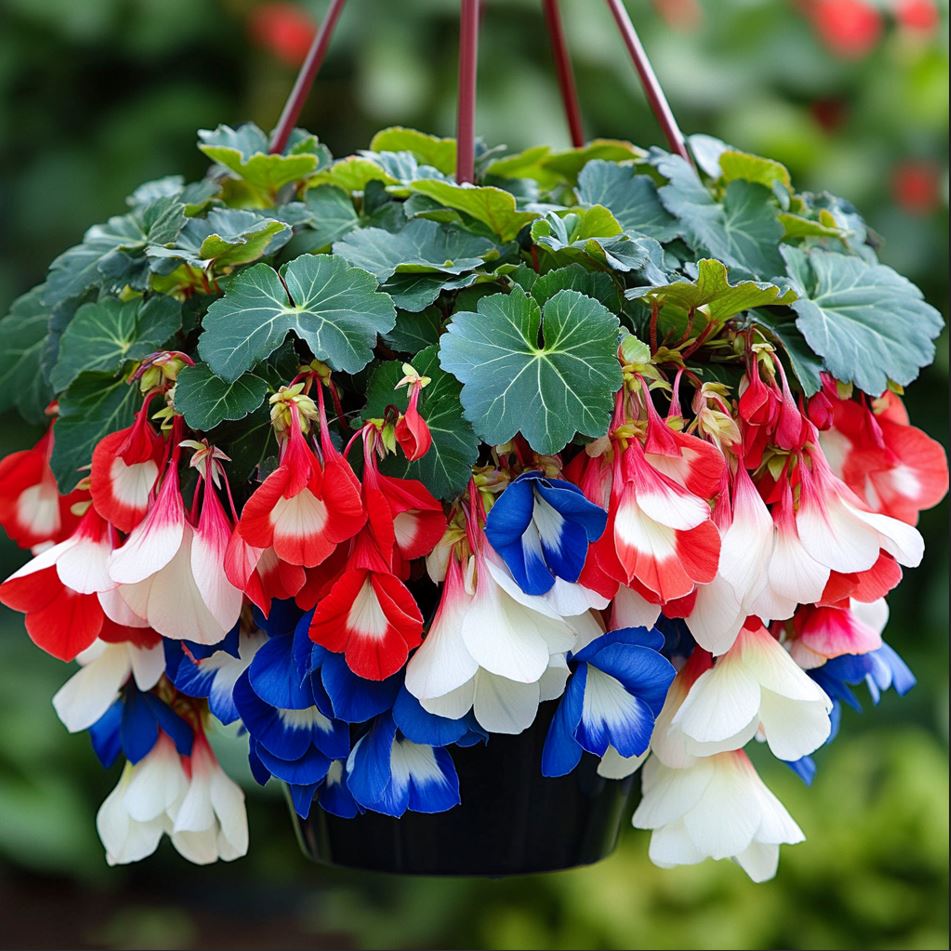
Ideal Planting Conditions
Providing the right planting conditions is crucial for the health and vigor of begonias. From soil requirements to light exposure, each aspect plays a vital role in ensuring these plants flourish.
Soil Requirements
One cannot overstate the necessity of well-draining soil that is rich in organic matter for begonias. The roots of these plants are exceptionally sensitive to waterlogged conditions, which can lead to rot. A mixture that balances moisture retention and drainage is essential; consider using potting mixes that include ingredients such as peat moss and perlite.
Begonias thrive in a slightly acidic to neutral soil pH range, typically between 5.5 and 6.5. This pH range ensures the optimal availability of nutrients for the plants, allowing them to absorb the necessary minerals for healthy growth.
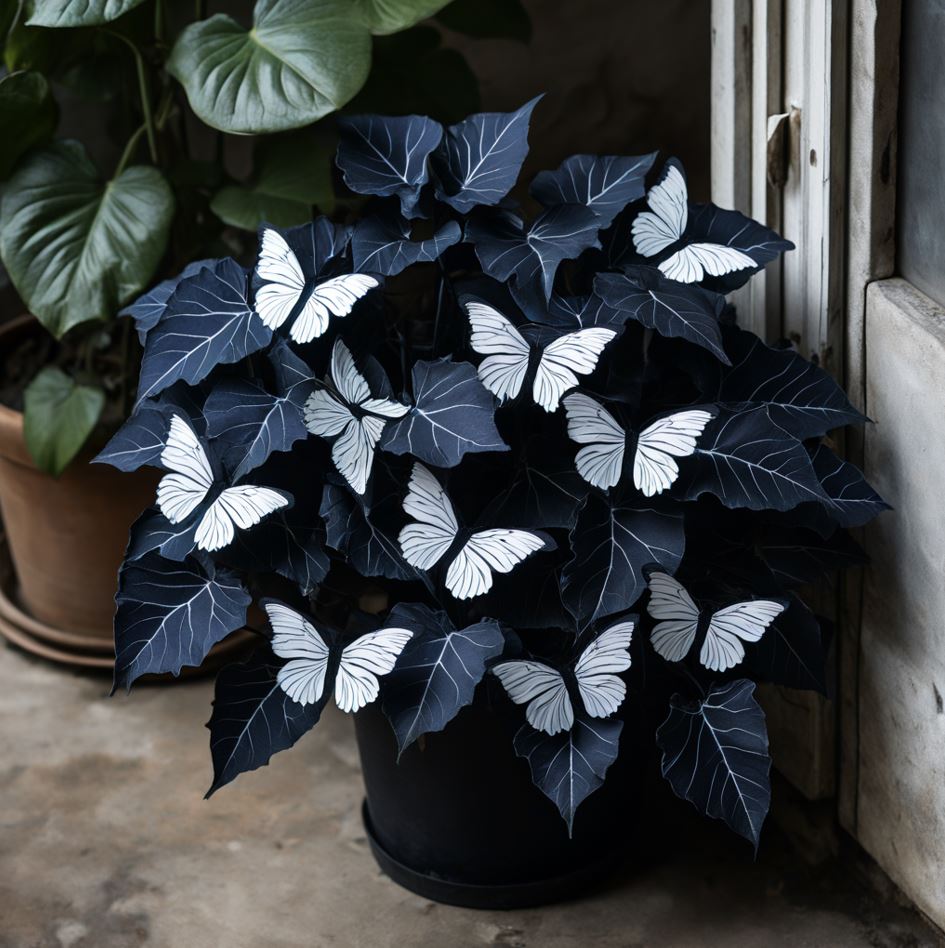
Temperature Preferences
Regarding temperature, begonias flourish when nighttime temperatures remain consistently above 50 degrees Fahrenheit. This requirement could dictate not only the timing of your planting but also the location you choose. An area that catches morning sun yet provides afternoon shade often serves as an ideal microclimate for these plants, particularly in hotter regions.
Light Exposure
Begonias have a unique affinity for indirect sunlight or partial shade. While they can tolerate brief periods of direct sun, prolonged exposure to harsh, direct sunlight can lead to leaf scorching and diminished vigor. Striking the right balance between light and shade is essential for the plants to thrive and showcase their vibrant foliage and blooms.
Choosing the Right Begonia Varieties
With the vast array of begonia options available, selecting the right varieties for your garden or indoor space can be a delightful challenge. Understanding the differences between flowering and foliage-focused begonias can help you make an informed decision.

Flowering vs. Foliage Begonias
Begonias can be broadly categorized into two main groups: those that are prized for their stunning flowers, and those that are celebrated for their ornamental foliage. Flowering begonias, such as the tuberous and fibrous-rooted varieties, produce an abundance of brightly colored blooms that can last for months. Foliage-focused begonias, on the other hand, captivate with their diverse leaf shapes, textures, and hues, making them a sought-after choice for their visual impact.
Popular Begonia Species
Some of the most popular begonia species include the angel-wing begonia (Begonia coccinea), the wax begonia (Begonia semperflorens), and the rex begonia (Begonia rex-cultorum). Each of these varieties offers unique characteristics that appeal to different gardening preferences and aesthetic goals.
Preparing for Planting
Before introducing your begonias to their new home, it’s essential to ensure that the planting conditions are optimized for their success.

Selecting Containers
For begonias grown in containers, choosing the right size and material is crucial. Opt for pots or planters that have adequate drainage holes to prevent waterlogging. Clay or terracotta containers can be an excellent choice, as they allow for air circulation and prevent soil from becoming stagnant.
Amendments for Soil Enrichment
To create the perfect growing medium, consider incorporating organic matter such as compost or well-rotted manure into the soil mix. This addition not only improves drainage and aeration but also provides a nutrient-rich foundation for your begonias to thrive.
Watering Practices
Regular watering is crucial, but moderation is key. While begonias enjoy moist soil, overwatering can lead to detrimental effects.
Understanding Hydration Needs
It’s advisable to allow the top inch of soil to dry out between waterings. Observing the plant’s leaves can provide clues; drooping leaves may indicate that your begonia needs water, while yellowing suggests it might be receiving too much.
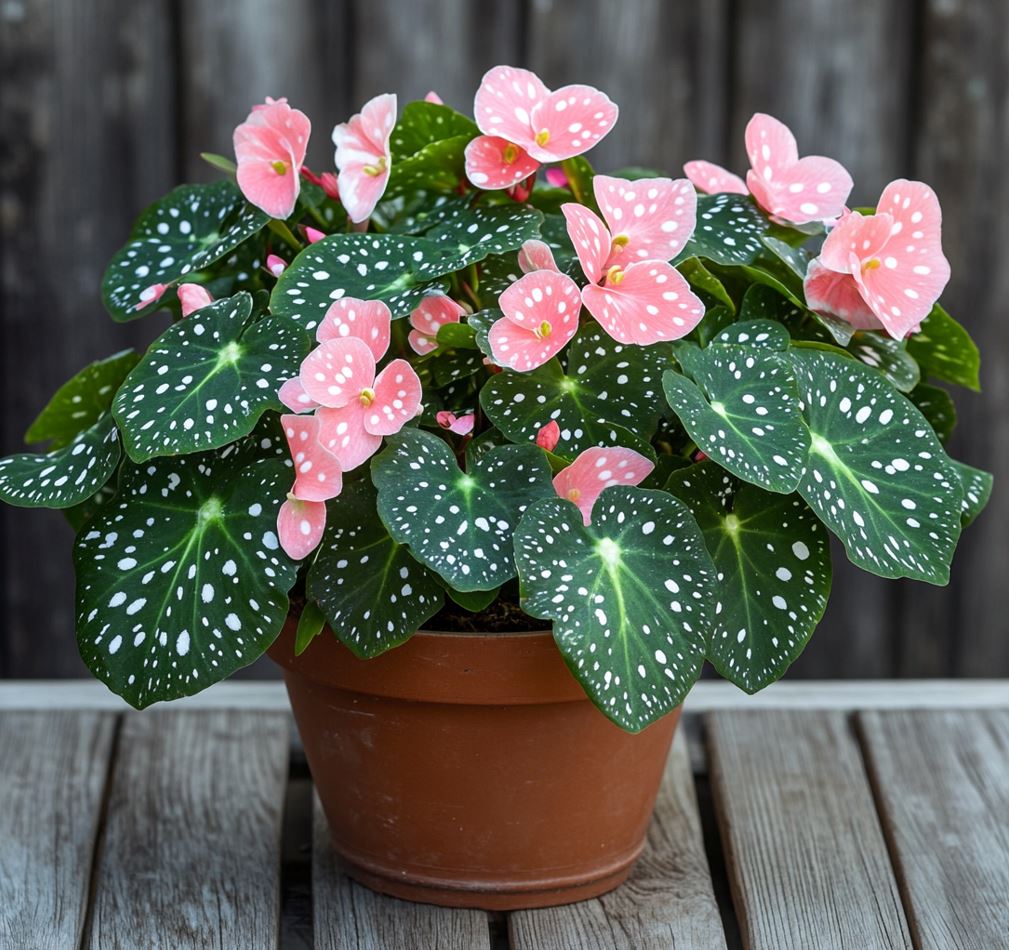
Signs of Overwatering and Underwatering
Overwatering can lead to the development of root rot, while underwatering can cause the leaves to wilt and the plant to become stressed. Paying close attention to the soil moisture levels and the overall appearance of your begonias can help you strike the perfect balance.
Fertilizing Begonias
Providing the right nutrients is essential for the health and vigor of your begonia plants.
Best Types of Fertilizers
Opt for a balanced, water-soluble fertilizer that is formulated specifically for begonias or flowering plants. Applying this fertilizer every two to four weeks during the growing season can help ensure your plants receive the necessary nutrients for optimal growth and blooming.
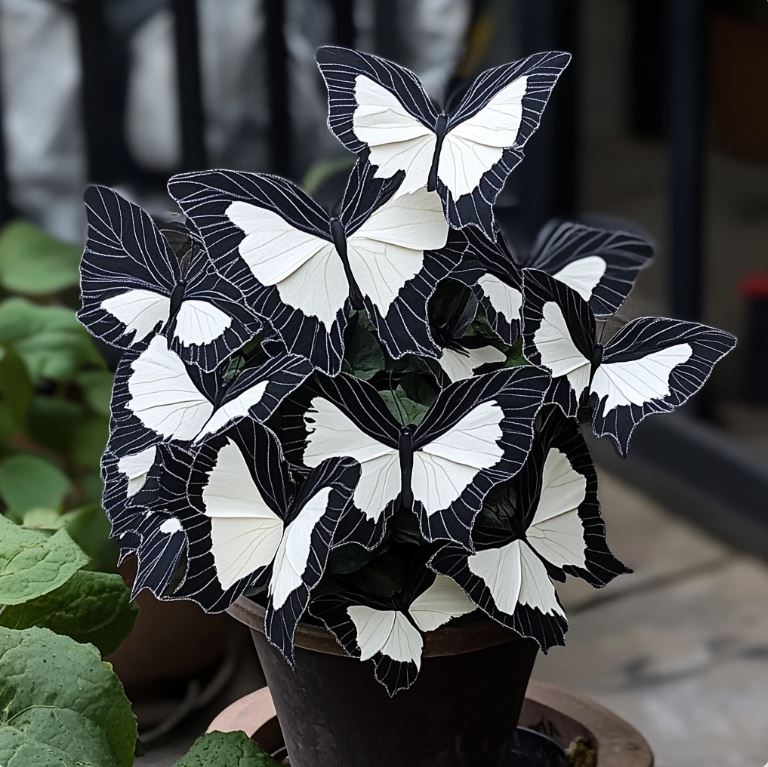
Frequency and Timing of Application
It’s important to avoid over-fertilizing, as this can lead to an imbalance of nutrients and potentially harm your begonias. Follow the instructions on the fertilizer packaging and adjust the frequency based on the specific needs of your plants.
Pruning and Maintenance
Pruning plays a vital role in maintaining the aesthetics and health of begonias.
Techniques for Healthy Growth
Much like a sculptor chisels away excess stone to reveal art, a gardener must remove spent blooms (deadheading) and any unhealthy leaves, allowing the plant to channel its energy towards producing new growth. This practice not only promotes a fuller appearance but also enhances blooming potential, ultimately creating a more robust display of color.
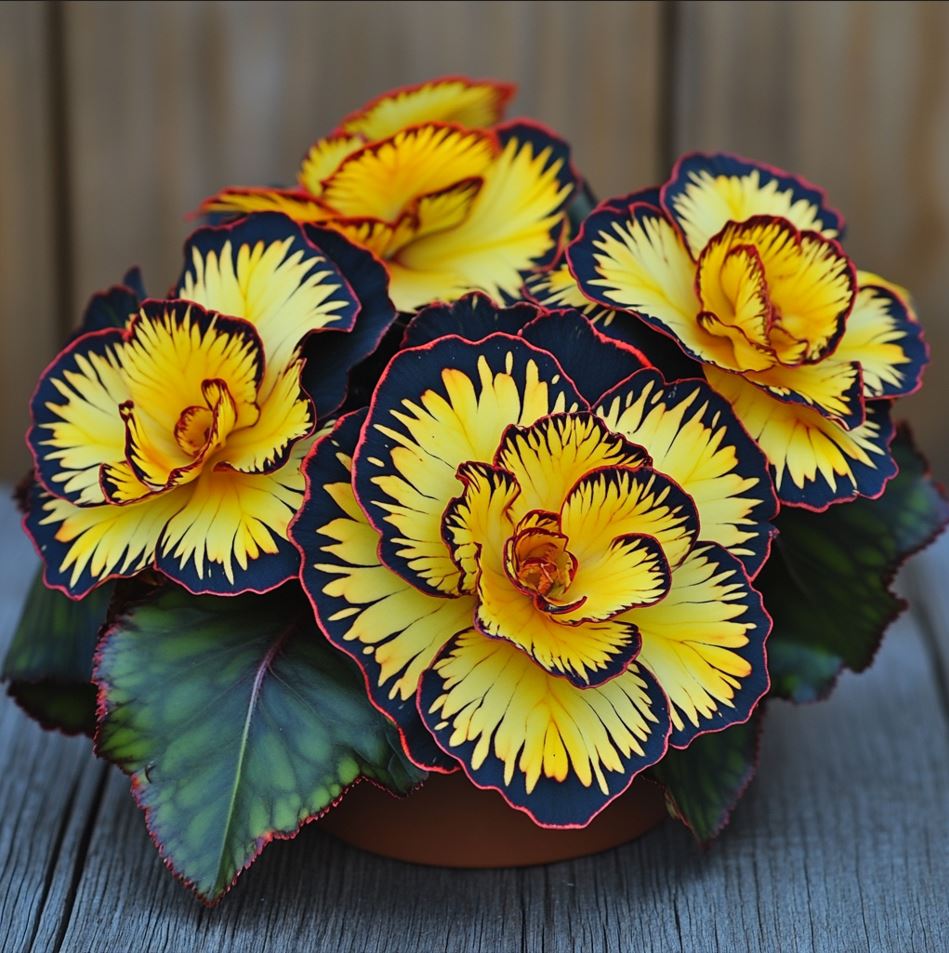
Deadheading for Enhanced Blooms
Regularly deadheading, or removing spent flowers, can encourage your begonias to produce more blooms throughout the growing season. This simple task helps the plant redirect its resources towards generating new flowers, resulting in a more vibrant and long-lasting display.
Pest Management
As with any garden endeavor, pests pose a potential threat to the health and well-being of your begonias.
Common Pests Affecting Begonias
Monitoring your begonias for signs of insects like aphids, mealybugs, or spider mites is critical. These pests can feed on the plant’s leaves and stems, leading to stunted growth, discoloration, and even the death of the plant if left unchecked.
Organic Solutions for Pest Control
Should you notice these unwelcome visitors, a gentle spray of water or an application of insecticidal soap can help mitigate the problem without harming your beloved begonias. Implementing preventive measures, such as regularly inspecting your plants and maintaining good hygiene, can help you stay ahead of potential pest infestations.
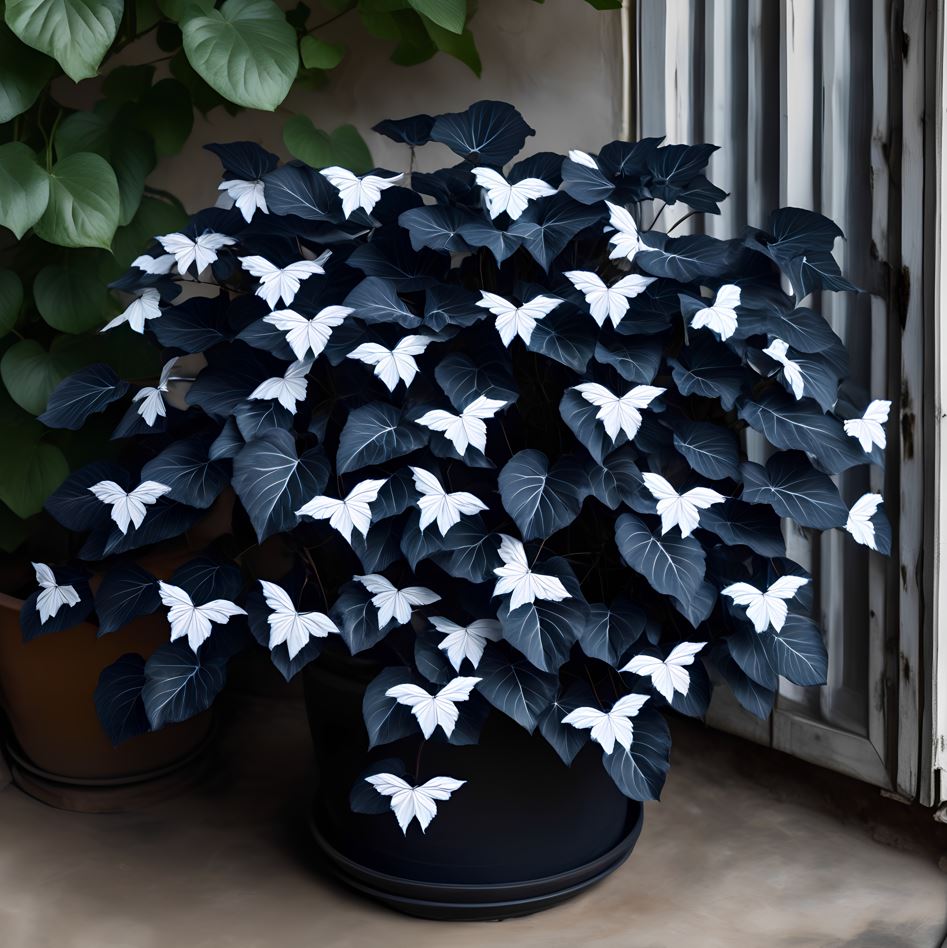
Dealing with Diseases
While begonias are generally hardy plants, they can sometimes fall victim to various diseases that can compromise their health and appearance.
Identifying Common Diseases
Recognizing the signs of common begonia diseases, such as powdery mildew, botrytis blight, or bacterial leaf spot, is crucial for implementing the appropriate treatment measures. Closely monitoring your plants and addressing any issues promptly can help prevent the spread of these problematic conditions.
Preventative Measures and Treatments
Maintaining proper growing conditions, such as adequate air circulation and avoiding overhead watering, can help reduce the risk of disease development. If a problem does arise, addressing it with targeted fungicides or organic solutions, as recommended by your local extension office or plant experts, can help restore the health and vigor of your begonias.
Seasonal Care for Begonias
Begonias require different care strategies throughout the year to ensure their continued growth and vibrant display.
Spring Preparation
As the weather warms, it’s time to prepare your begonias for the growing season. This may involve repotting, dividing, or transplanting your plants to ensure they have the necessary space and nutrients to flourish.

Summer Care Strategies
During the height of the growing season, your begonias will thrive with consistent watering, regular fertilization, and diligent deadheading to maintain their stunning appearance.
Fall and Winter Considerations
As the days grow shorter and the temperatures begin to cool, your begonias may require some additional care to ensure their survival through the colder months. This may include transitioning them indoors, reducing watering, and providing supplemental lighting to meet their needs.
Propagation Methods
Begonias can be easily propagated, allowing you to multiply your favorite varieties and share them with fellow gardeners.
Leaf Cuttings
One of the most common propagation techniques for begonias is taking leaf cuttings. By carefully selecting a healthy leaf, dipping the stem in rooting hormone, and providing the right growing conditions, you can cultivate new plants from a single leaf.

Division Techniques
For begonias with rhizomatous or tuberous root systems, division can be an effective way to propagate new plants. By carefully separating the root system and ensuring each division has a healthy shoot, you can create multiple new begonia plants.
Indoor vs. Outdoor Begonia Care
Depending on your climate and available growing space, you may choose to cultivate your begonias indoors or outdoors.
Adapting to Indoor Conditions
Bringing begonias indoors requires some adjustments to mimic their natural habitat. Providing adequate light, maintaining consistent humidity, and carefully monitoring soil moisture can help these plants thrive in an indoor setting.
Outdoor Planting Tips
When growing begonias outdoors, selecting an appropriate planting location and preparing the soil properly are crucial for their success. Paying attention to the microclimate, drainage, and sun exposure can help your begonias reach their full potential in the great outdoors.
Troubleshooting Common Problems
Even with the best care, begonias may occasionally encounter challenges that require troubleshooting and problem-solving.
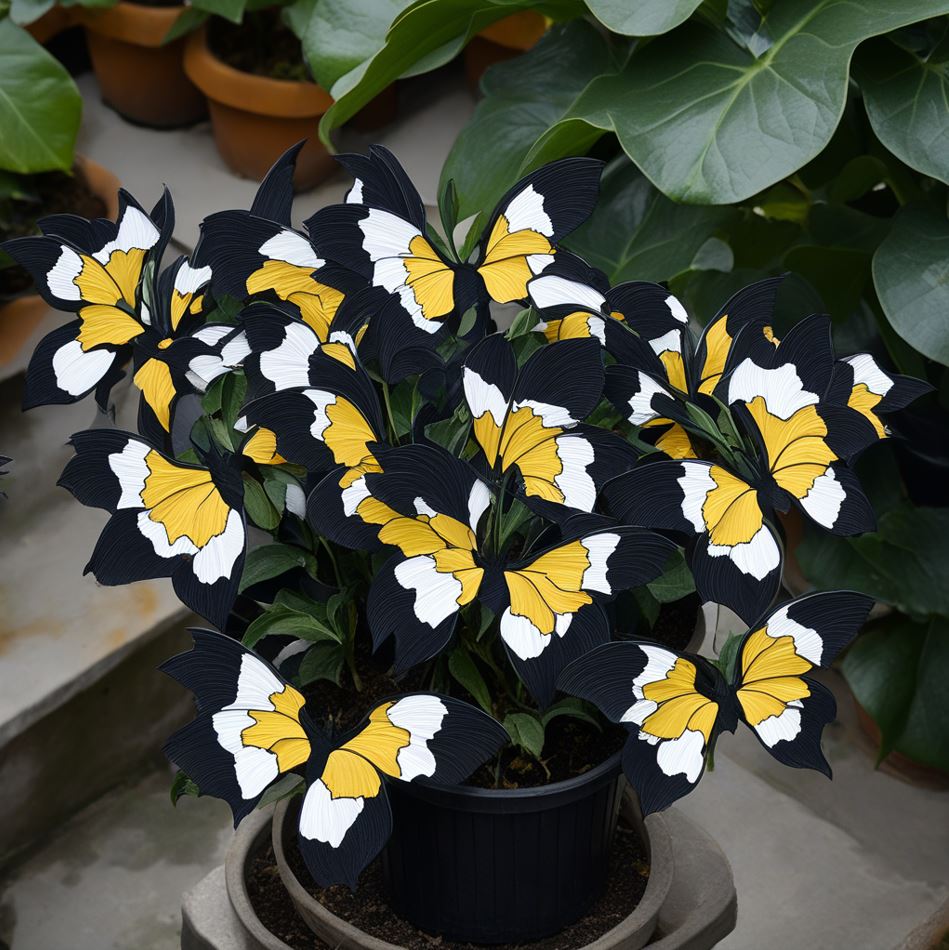
Yellowing Leaves
Yellowing leaves can indicate a variety of issues, from overwatering and nutrient deficiencies to pests or diseases. Closely examining the plant and addressing the underlying cause can help restore the lush, green foliage.
Stunted Growth
If your begonias are not reaching their expected size or exhibiting slow growth, it may be due to factors such as insufficient light, improper soil conditions, or inadequate nutrition. Identifying and addressing the root cause can help your plants reach their full potential.
Enhancing Aesthetic Appeal
Begonias are not only functional plants but also offer a wealth of aesthetic possibilities for your garden or indoor space.
Combining Begonias with Other Plants
Incorporating begonias into mixed plantings can create visually stunning arrangements. Pairing them with complementary foliage plants, trailing vines, or contrasting blooms can result in a harmonious and eye-catching display.
Creative Container Arrangements
Begonias lend themselves beautifully to container gardening, allowing you to showcase their diverse forms and vibrant colors in a variety of settings. Experiment with different pot sizes, shapes, and materials to curate unique and visually appealing compositions.
Conclusion
Begonias are more than just decorative plants; they are living entities that require thoughtful attention and care. Cultivating them is akin to nurturing a friendship, where understanding their unique quirks can yield a flourishing relationship. By recognizing their specific needs for light, water, soil, and maintenance, one can unlock the full potential of these enchanting plants, bringing forth a bounty of beauty into any garden setting.


